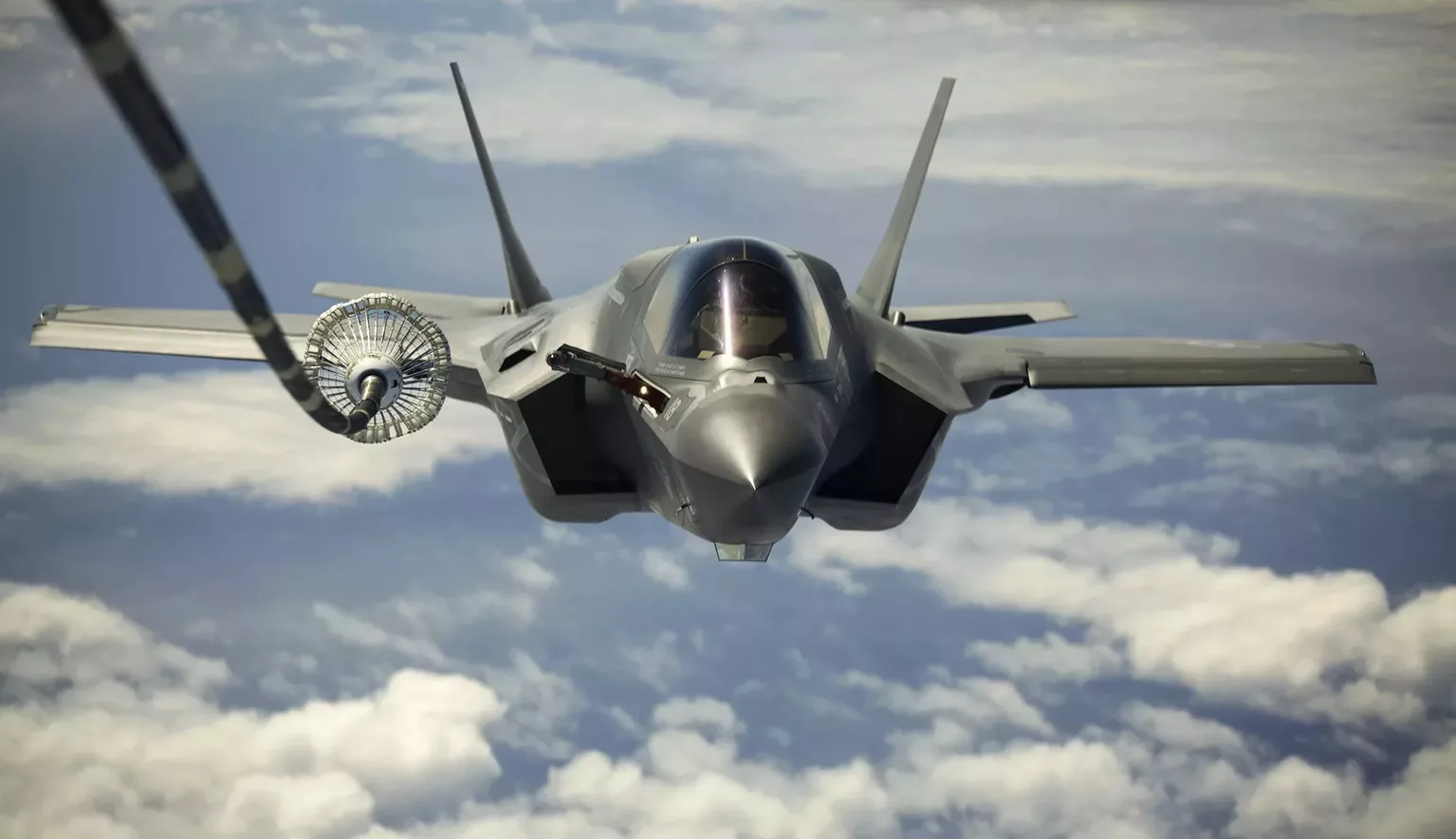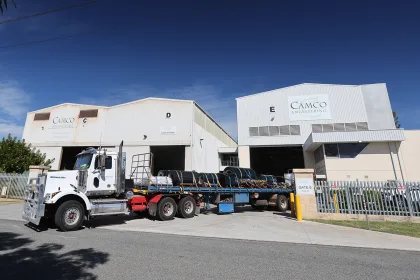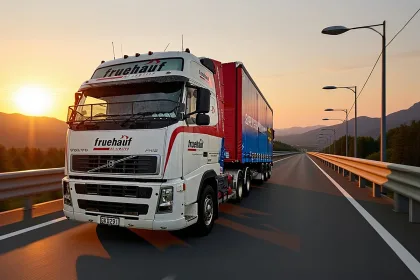INTRODUCTION
AHEAD OF HIS TIME
PORTFOLIO POWER
“Now, the military is eyeing up what the commercial players are up to, and we therefore have an increasing presence in the commercial arena, which is overlapping with military and defence more and more. Having that blend within the company is a massive strength for us.”
CROSSING BOUNDARIES
Bagwell himself neatly represents this merging of expertise.
Working through the ranks of the British Royal Air Force for 36 years from 1981, he brings with him first-hand experience of the realities of air defence and what its requirements are from suppliers like Cobham.
“Like all young boys, you want to play football for England, realise it’s a pipedream and the next best thing is to become a fighter pilot,” Bagwell recalls. “I was 14-15 when it became clear joining the RAF was what I wanted to do, and I went there straight from school at the age of 18.
“To be in command and have responsibility in what have been some tricky moments in history has been fascinating. I would sum it up as hard work, good fun and defined by an outstanding group of people.”
After such an illustrious career with the RAF, what was it that led the Air Marshall to seek new opportunities in 2017?
“I felt like another challenge was possible, and Cobham more or less found me when I was doing some consulting work,” Bagwell continues.
“The company fascinated me. I knew a little about what they did with the air force but that was less than 10 percent of the bigger picture – I had no real appreciation for how broad Cobham is. I knew about its excellent reputation for delivery, especially from my experience as a customer, so maybe it was fate that I ended up here.”
Fate decided, it is now Bagwell’s job to ensure Cobham maximises the potential of its tremendous depth of products and services, knowledge network and geographical reach.
“My role is quite simple – it is to aggregate up everything that Cobham does,” he explains. “When you begin to understand the totality of what Cobham does it changes your mindset… we are the UK’s third largest defence aerospace company, and I’m not sure how many people both in and outside of the group actually know that. Getting our profile out there is so important to how we are perceived.
“Further, we must also realise our synergies across specialisms and territories and make the most out of them. For example, most of employees are not actually in the UK, shown by the fact that around 40 percent of our business comes from US defence. Our individual business units must be able to exploit the international, global standing that Cobham has.”
EVERYTHING CRITICAL CONNECT
Like Sir Alan Cobham and air to air refuelling, connecting the seemingly unconnectable has become another hallmark of the company.
This is particularly evident in the aerospace sector, which continues to contribute enormously to the UK economy and will no doubt prove a vital source of export business in a post-Brexit environment.
Last year the industry turned over £31 billion, £27 billion of which derived from exports which represents a jump of 40 percent since 2010. And with the global demand for commercial aircraft set to reach $255 billion by 2028, the opportunity for Cobham to continue supplying global manufacturers is enormous.
“There are many elements to our work in aerospace communications, one of them being the working end and aeroplanes and crews being able to communicate backwards and forwards,” says Bagwell.
“For example, our products are sending live reports on energy performance and engineers at Rolls-Royce will already be looking at data and thinking this engine will need looking at in an hour’s time. They will know the plane is landing in, say, Sydney, and they’ll get the engineers there on standby. It is about predictive maintenance, forecasting faults before they happen.”
The connectivity further extends into the passenger environment, with Wi-Fi and streaming now a rudimentary offering for many airlines. Part of the SATCOM range, Cobham’s AVIATOR portfolio of SwiftBroadband and Classic H+ systems provides voice and data connectivity for both cockpit and cabin communications, enabling passengers and crew to remain connected in the sky.
“Customer experience is a big part of what we do here now, as airlines are wanting to meet rising consumer expectations,” Bagwell adds. “Within the next few years it will be a small minority of planes that are unconnected.”
In the maritime space, Cobham SAILOR and Sea Tel solutions are designed to meet the communications needs of any sized vessel or fleet of ships, no matter where they are.
“Our SATCOM portfolio extends to the likes of Maersk and their ships, and we also sponsored and supplied all the ships on the Volvo Ocean Race,” Bagwell says. “If you want guaranteed connectivity out at sea and in harsh environments, then Cobham will deliver it for you.”
On land, the company’s portable satellite and mobile products serve the likes of government, emergency services, law enforcement, media, transport, energy and mining clients.
IN DEFENCE OF THE WORLD
Cobham’s most significant portion of business, however, is conducted with the US Department of Defense. Around 40 percent of the firm’s revenue is derived from US defence and security contracts, while UK and rest of the world defence accounts for another quarter of overall income.
Again, this area of business comprises solutions aimed at operations at air, land, sea and in space.
Examples of Cobham’s leading-edge defence products on land include ground penetrating radar, which delivers enhanced detection capability of improvised explosive devices, and thermal control vests, restraints and cryocooler technologies, designed to improve efficiency and safety in hostile environments. Further, more than 150,000 vehicle intercom systems are in military service worldwide.
At sea, coast guards across the globe use Cobham SATCOM equipment while specialist diving products are used by military forces internationally. Additionally, Cobham’s microwave and radar technologies are fitted into the most advanced maritime defence hardware, including the AEGIS class cruiser.
In the air, the company’s technology is embedded on many of the world’s most modern military aircraft, from helicopters to the ground-breaking F-35 fighter plane.
“The headline is that this is fifth generation, and we are accelerating at a rapid pace,” says Bagwell. “The real quantum shift with this is not necessarily the aircraft, which itself is a feat of engineering, but all the systems and sensors inside it, and how this allows you access, process and act on information.
“In my day you would pass information off radar by voice. Now we have systems that use multiple sensors, and I would describe the F-35 as a quarterback that can see the entire battlefield – it is an orchestrator.
“We supply a lot of the electronics on the project, more than 100 components… the sum of the parts is impressive.”
Cobham also contributes significantly to defence capabilities in space, with microwave equipment on many major European military communications satellites. The firm also produces regulators for missile defence systems and hypersonic test vehicles, while every new wideband global satcom satellite relies on 100-plus microelectronics modules made by Cobham.
SECURE SERVICES
Asides supplying vital components, Cobham also provides training to military forces the world over, one such specialism being in electronic warfare.
“We make a lot of the components, so we know how the system works and are perfectly placed to come in and provide these services,” continues Bagwell, who goes on to explain how Cobham creates complex simulations for American and European air forces to respond to.
“The contract we are working on currently is a project called O2O, which we have been delivering for the past 25 years. That involves Cobham Falcon jets and we can replicate various electronic signals, meaning we can simulate fighting enemy X and see how your radar stands up to certain jamming attempts. We then debrief and walk through the tactics and strategies to counter that threat.
“People judge military forces on the number of ships and number of aircraft, but the true performance indicator is the way you train and the environment you are able to operate in. Investing in the best training is where the real value lies.”
Until recently Cobham also delivered helicopter training services for the UK Ministry of Defence, a capability it is exploiting further with military and non-military clients around the world. Now operating as the Cobham Helicopter Academy out of its base in Newquay, the organisation offers a unique blend of military and commercial experience and expertise.
Its offering is split into four major categories comprising rescue, military, emergency and civil training services.
In Australia, Cobham even manages a specialist airline on behalf of Qantas for oil and gas workers. Carrying around 1.5 million passengers a year to remote areas which require specialist rough landings, it operates like a commercial airline with full customer and cabin services.
WATCH THIS SPACE
It is space, however, which for Bagwell represents the most exciting area of growth for Cobham in the commercial arena.
The firm has enormous pedigree here. Every US astronaut since John Glenn has breathed through a Cobham regulator, while it also developed the world’s first demisable composite propellant tank, a system which extends the life of satellites.
NASA’s Mars Science Laboratory Mission, successfully launched in 2011, relied on Cobham equipment, and the firm further supplies command and data handling to some of the most powerful flight-proven commercial spacecraft in existence, such as the Lockheed Martin A2100 satellite.
“Space is a big area to watch over the coming years,” says Bagwell. “Although a lot of our work is classified, we are on most satellite constellations in one way or another – if you aggregate up everything we can offer the space industry, it is a huge growth area for us.
“What we are now beginning to see are whole networks of smaller satellites being deployed because people want control over their own constellations. A few years ago, a satellite going up was a big deal – now it is occurring on an almost daily basis. The technology and what you are able to do in space has come on in leaps and bounds, and Cobham is at the forefront of this processing and the electronics involved.

































